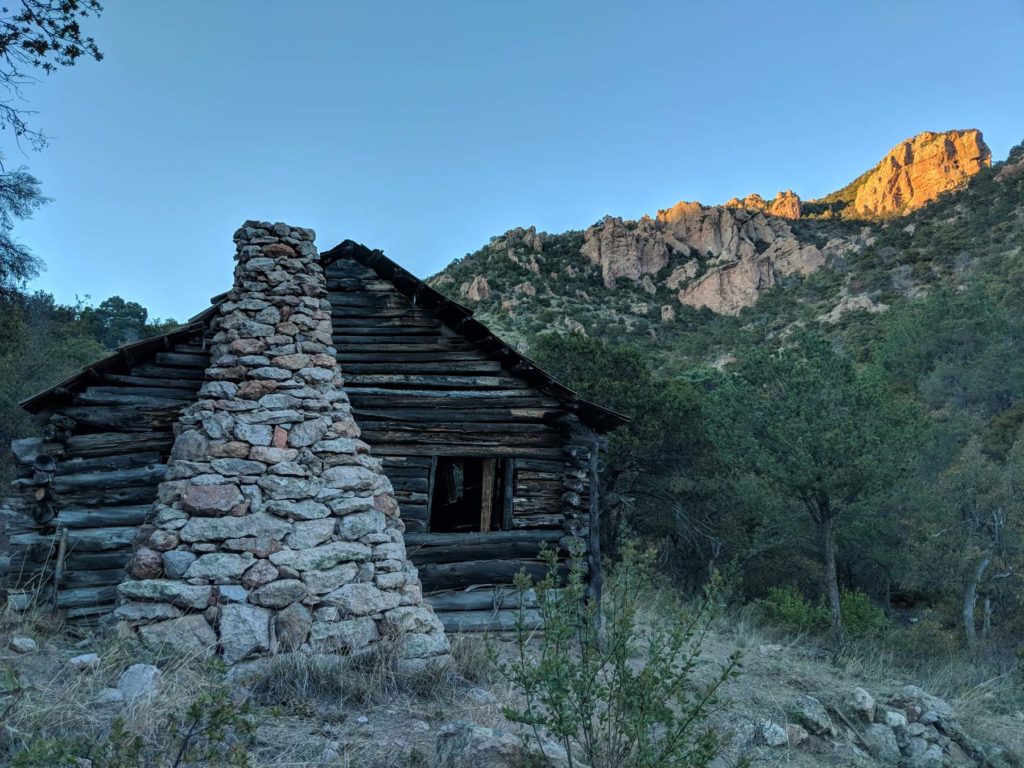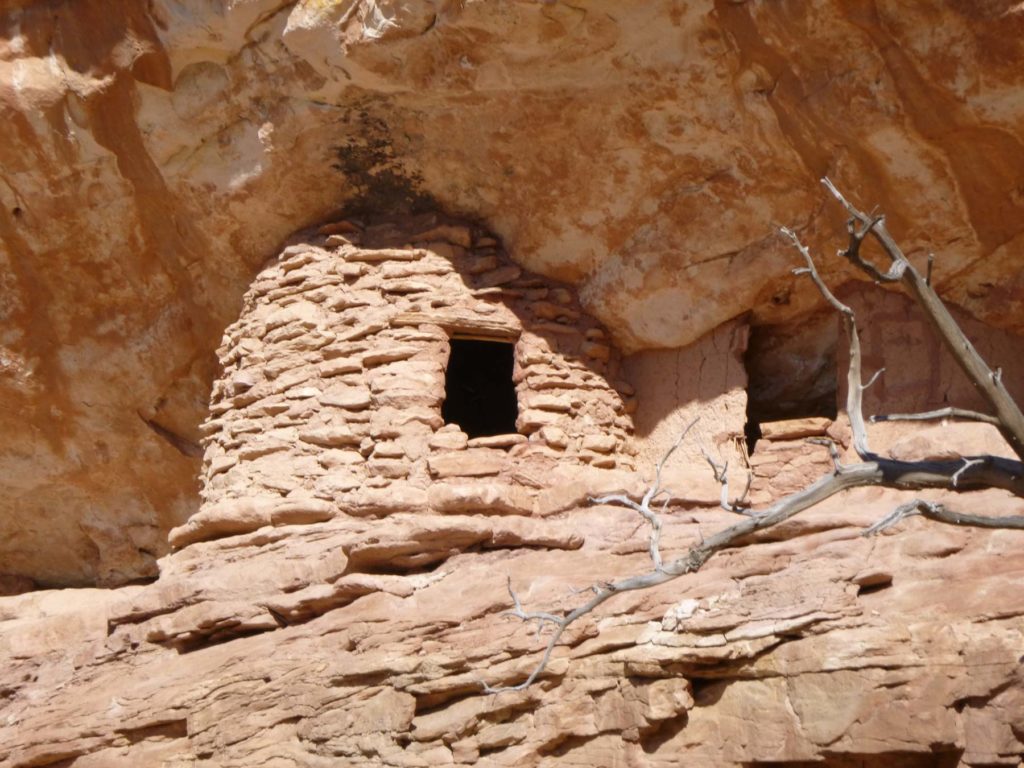- Home
- >
- Preservation Archaeology Blog
- >
- Putting the People Back into Wilderness

(July 9, 2020)—Normally this week I’d be wrapping up teaching survey on Archaeology Southwest’s Preservation Archaeology Field School. The past two summers, I’ve had the pleasure of leading our intrepid students in archaeological surveys in the Gila National Forest. Students develop a sense of the larger cultural space extending beyond the field school’s excavation site by learning to identify and document archaeological sites while on survey.
A theme I discuss with our students is the ethical importance of viewing the canyons and forests we survey as cultural landscapes. Every pottery sherd, projectile point, and tin can we document are footprints embodying the legacy of human lives that have moved through and shaped this land before us. Integrating people into perceptions of landscape is not always easy, especially in areas valued for their wilderness character.

Chances are the idea of wilderness brings to mind images of our national parks and other public lands. Places cherished for their natural beauty. Official Wilderness Areas are created under the auspices of the Wilderness Act of 1964. These are areas preserved in their “natural state” with human activities limited to hiking and other non-mechanized forms of recreation. The Wilderness Act defines wilderness as “an area where the earth and its community of life are untrammeled by man, where man himself is a visitor who does not remain.” It is further described as, “land retaining its primeval character and influence, without permanent improvements or human habitation, which is protected and managed so as to preserve its natural conditions.”
But how does this definition of wilderness account for the abundant evidence of people living and moving through these landscapes? The field school’s survey area is not far from the boundary of the Gila Wilderness, the world’s first legally sanctioned wilderness area. The archaeological sites we find on survey do not halt at the wilderness boundary. For areas celebrated for being free of lasting human presence, there is abundant material evidence of people in these wilderness spaces.

Legally, and in the public mind, wilderness is packaged as a landscape encased in amber, unravished and unspoiled by humanity. Yet archaeological remains and Indigenous oral traditions attest to the antiquity of human impact in wilderness areas. People hunted, farmed, built communities, and lived their lives in places now valued for being “primeval” and “untrammeled by man.” This paradox is negotiated through contesting the legitimacy of Native Americans as stewards of their own lands and passively dehumanizing Native peoples by subsuming their human history into nature.
Early conservationists such as John Muir advocated for the displacement of Native Americans from parklands. Native Americans hunting and farming in parks was seen as proof that Indigenous peoples were not “civilized” enough to appreciate natural beauty and be worthy stewards of nature. Even with abundant sites and artifacts created by Native people impacting their landscapes, this human legacy is often relegated to the same status as wild animals or scenic vistas, on display for viewing pleasure. Equating Indigenous archaeological sites to nature maintains the myth of a human-free wilderness. This in effect severs the humanity from these cultural spaces and perpetuates tropes of the “noble savage,” rather than fellow human beings who reside in and shape the environments they live in. The very idea of archaeological sites in wilderness spaces being “abandoned” is Western-biased, as many descendent Native communities see these sites as living places where ancestors still reside and impact the world.

Selectively suspending disbelief that human-made objects in wilderness areas are “unnatural” sacrifices more complicated narratives for spoon-fed myths. It is part of the larger erasure of Indigenous people from lands they were forcibly removed from. Reshaping perceptions surrounding land conservation is just one part of decolonizing our public lands. Fewer than one in four park visitors is a person of color, and rising entrance fees dissuade as much as 71 percent of low-income households from visiting parks. If visiting national parks is a badge of national pride, then those who can’t afford the pilgrimage are denied a passage of national identity. There is clearly work to be done, but training new archaeologists to be critical of these colonial legacies is an important first step.
One thought on “Putting the People Back into Wilderness”
Comments are closed.
Explore the News
Related to This
-
Post At Home
-
Post Relationships
the park service needs to initiate, and publicize widely, a $10 fee pass for low-income folks, good for 5 years. they can do it for the oldsters, so why not other groups?